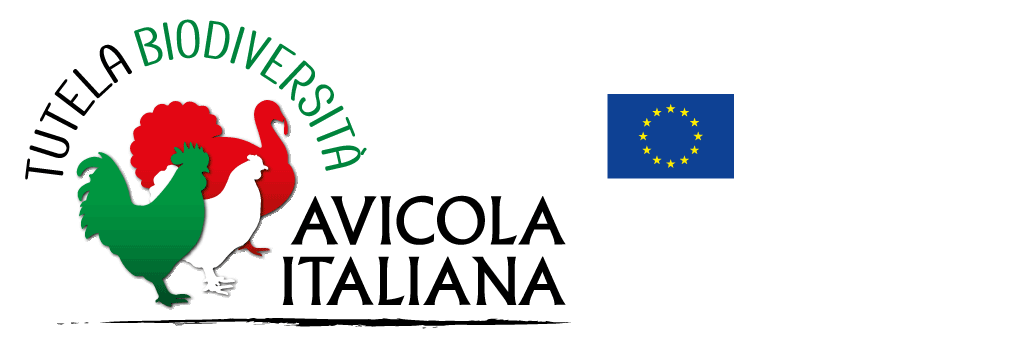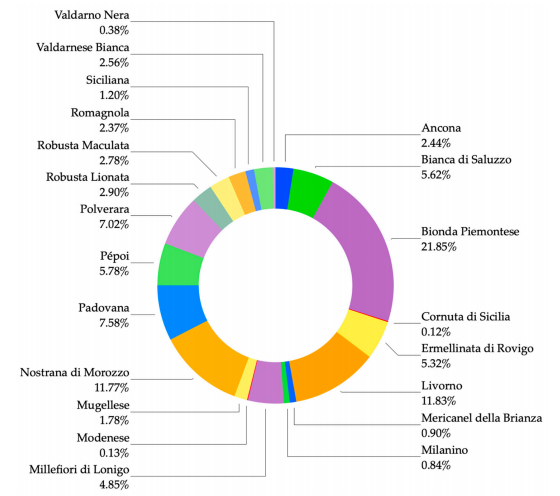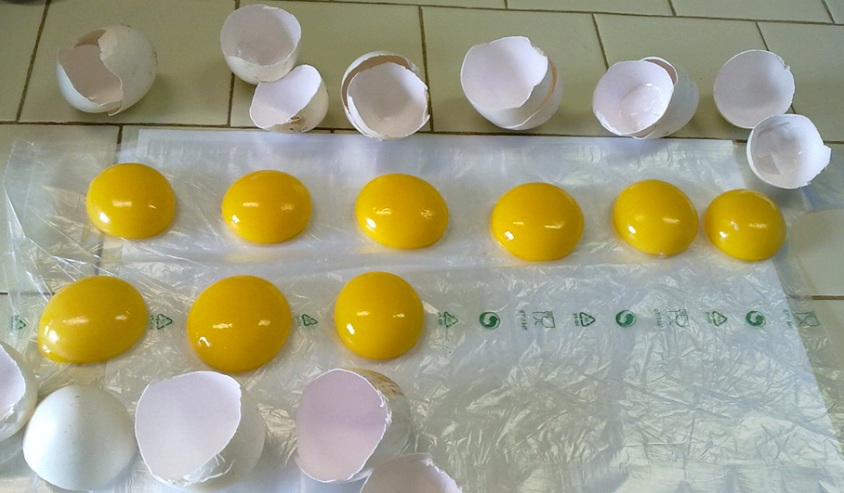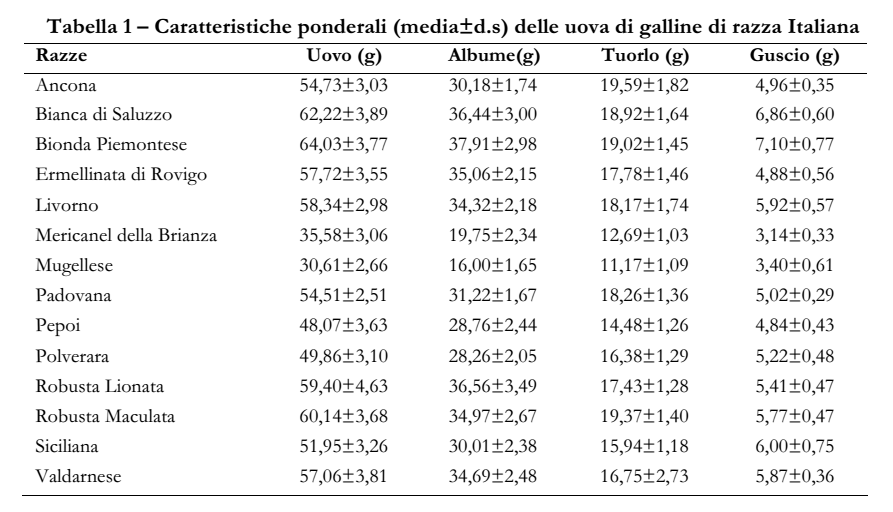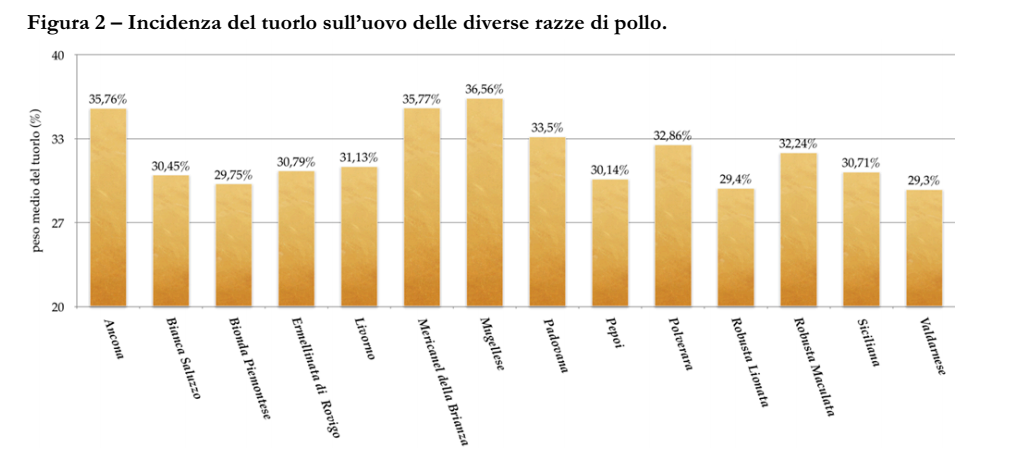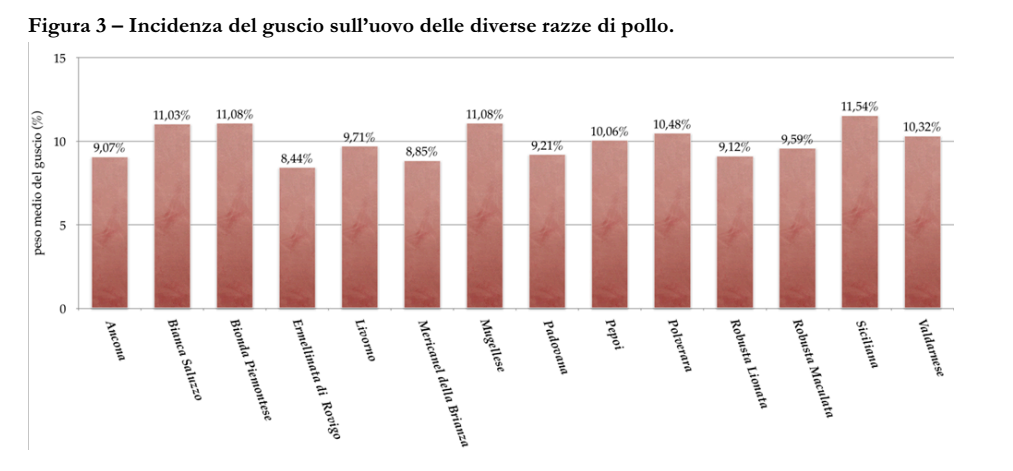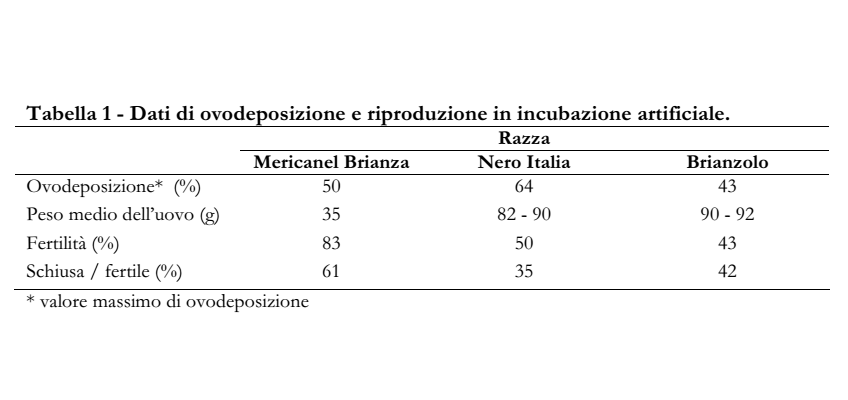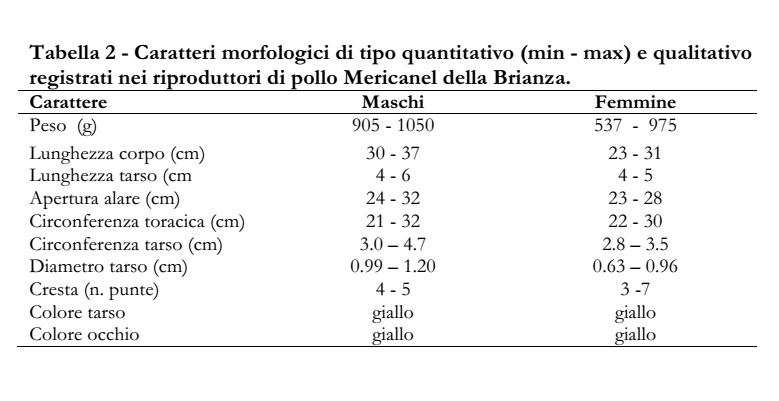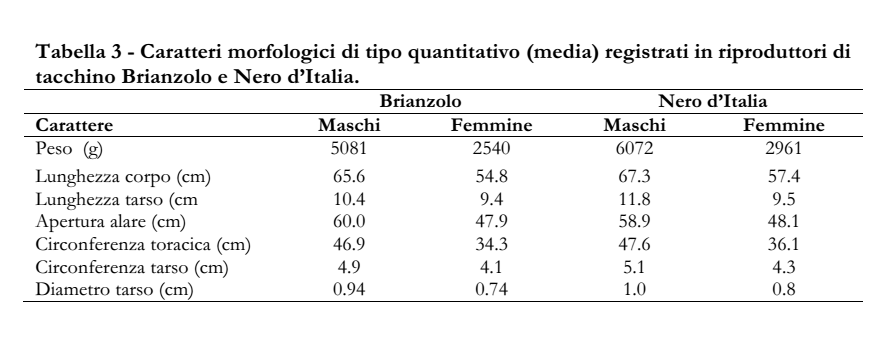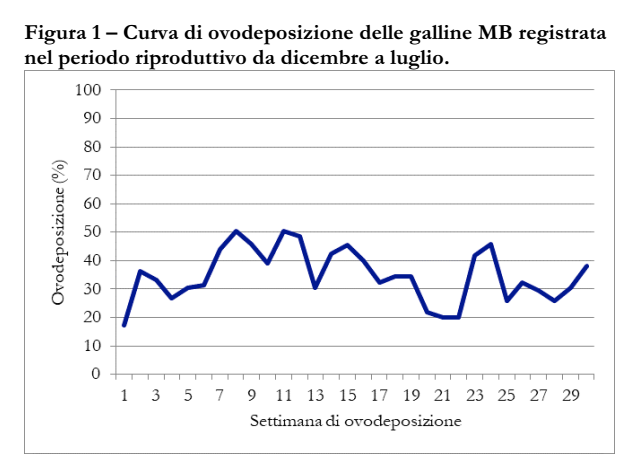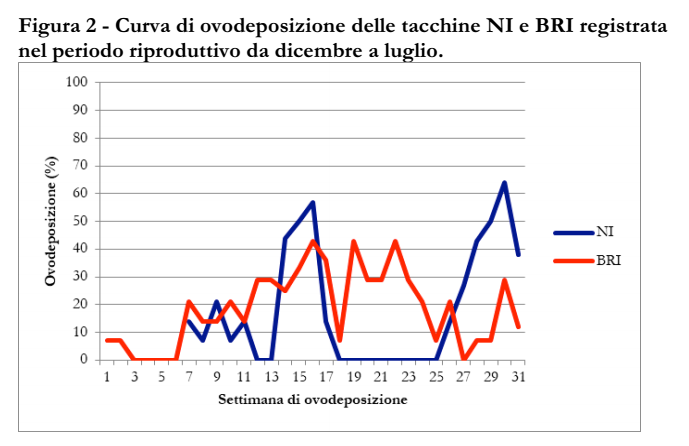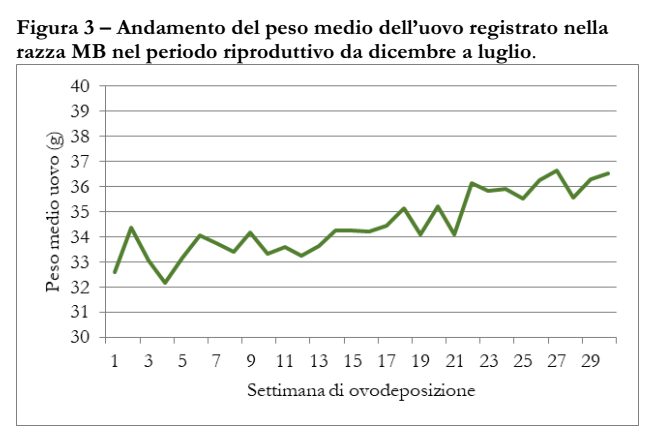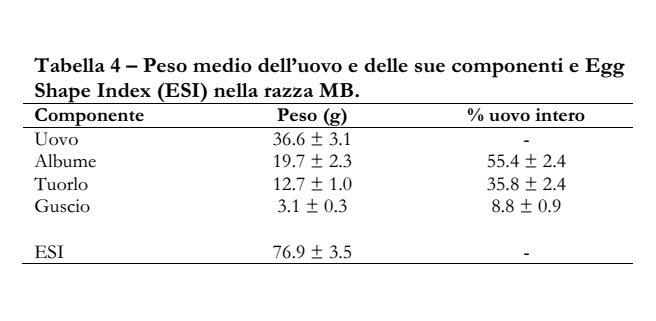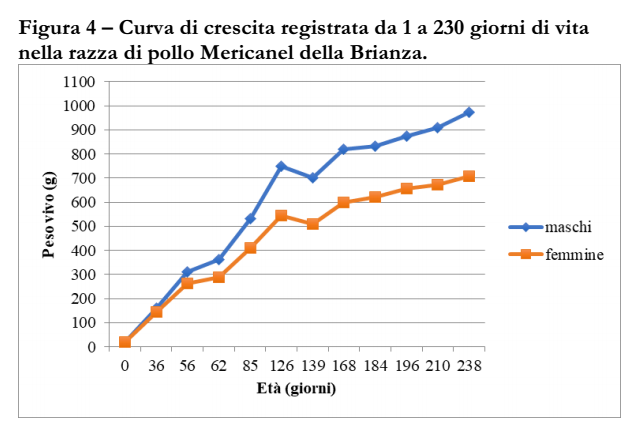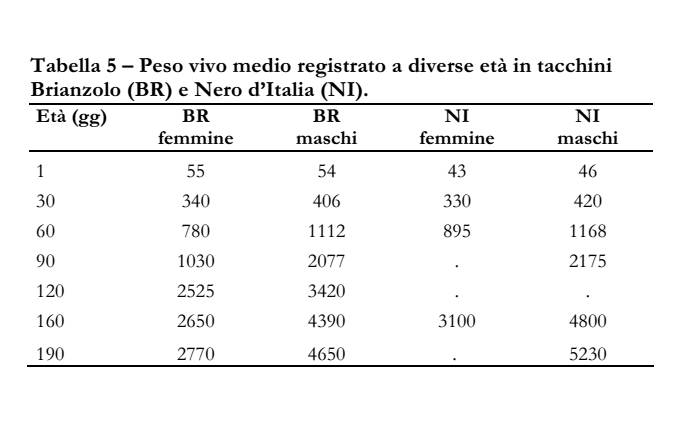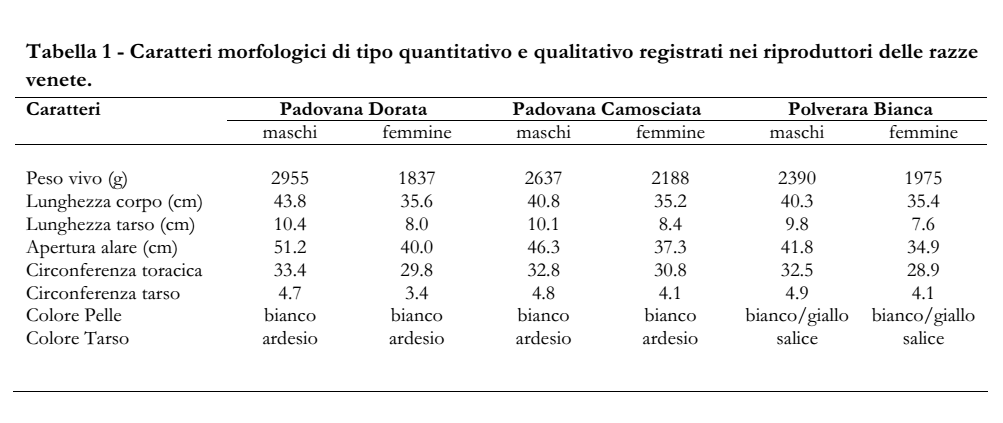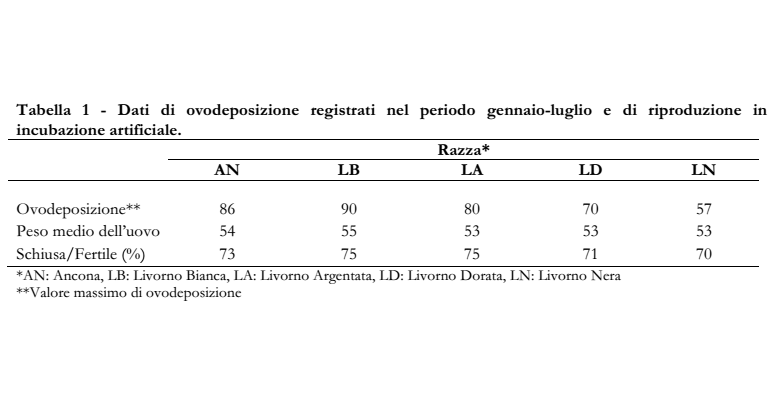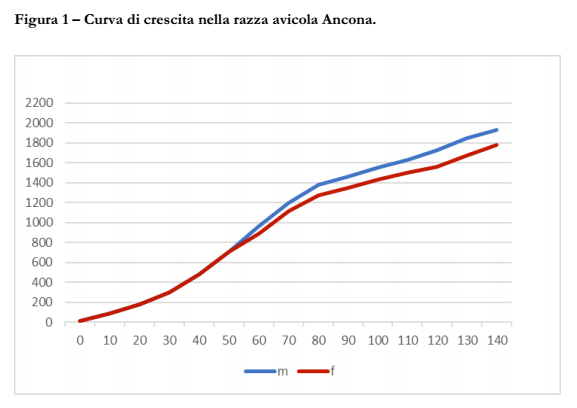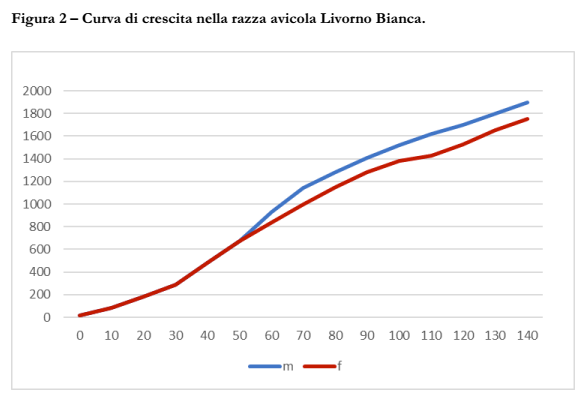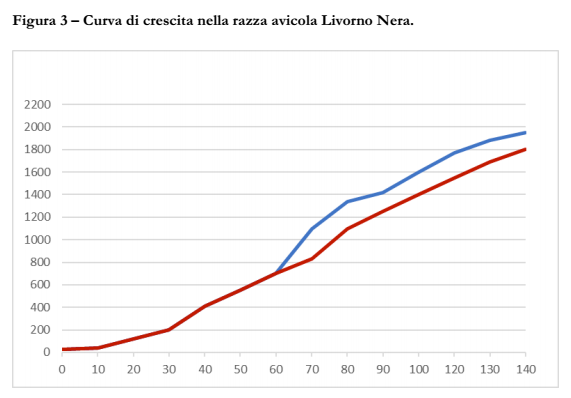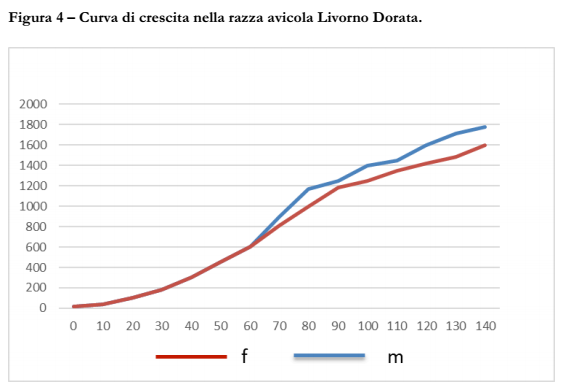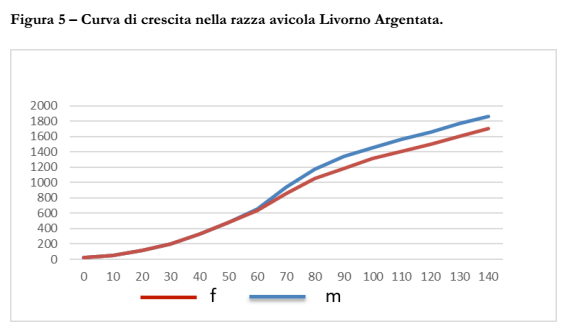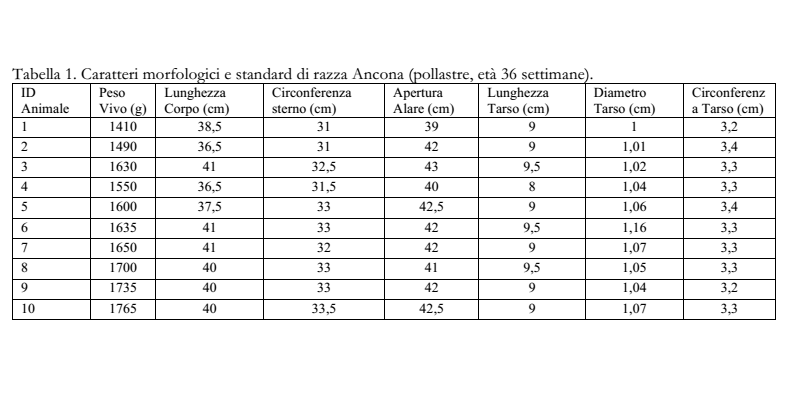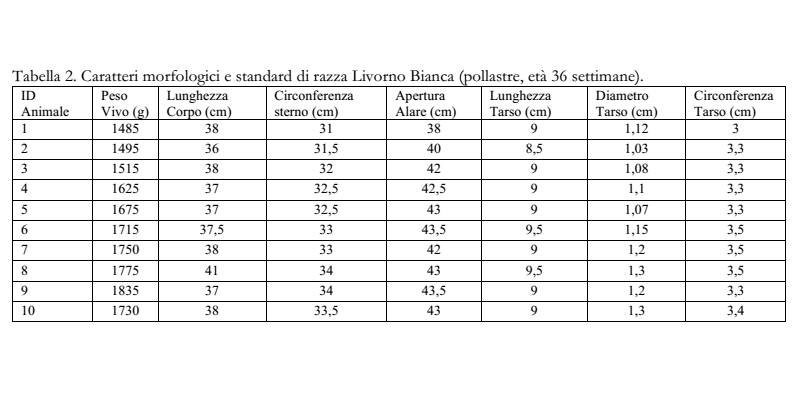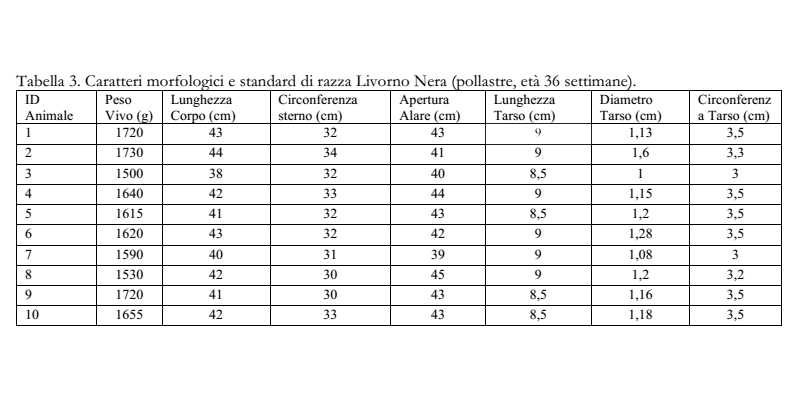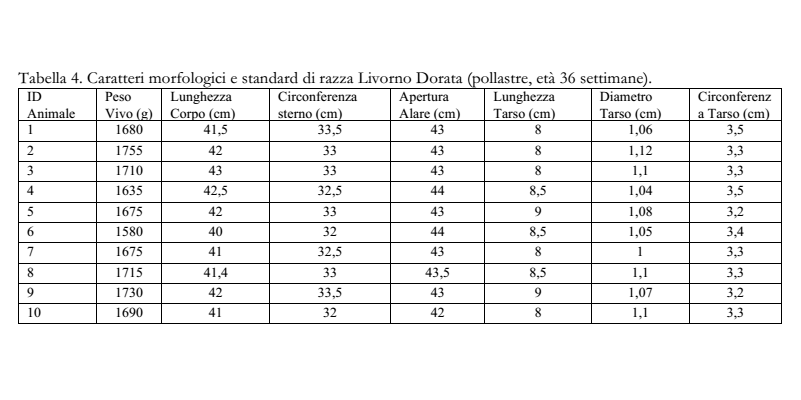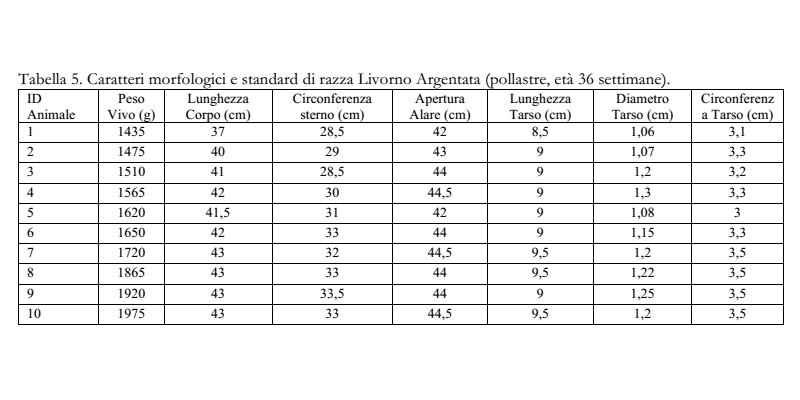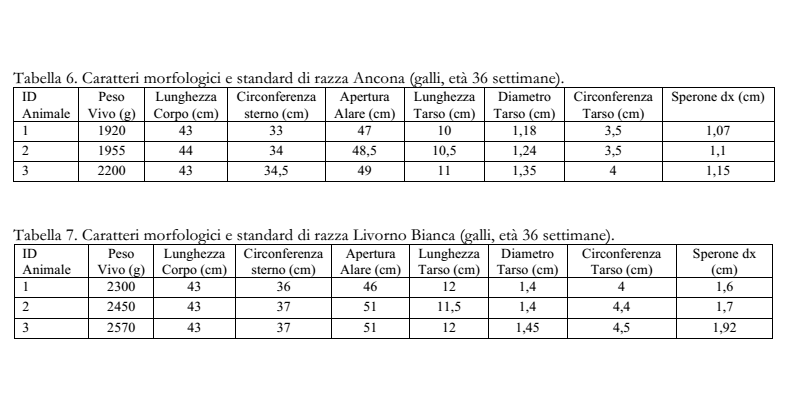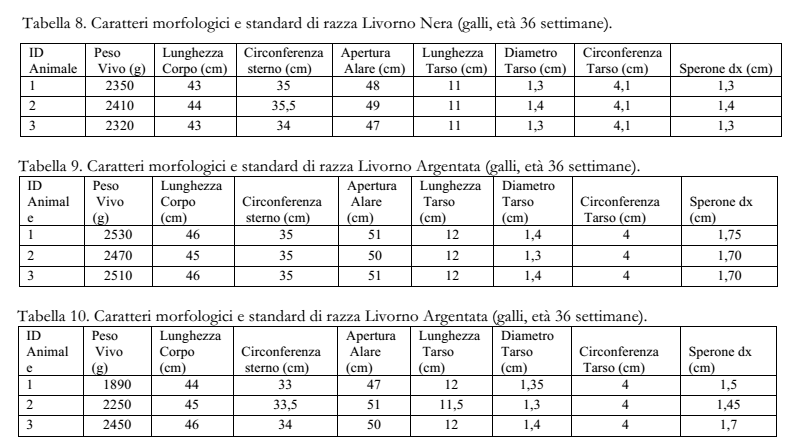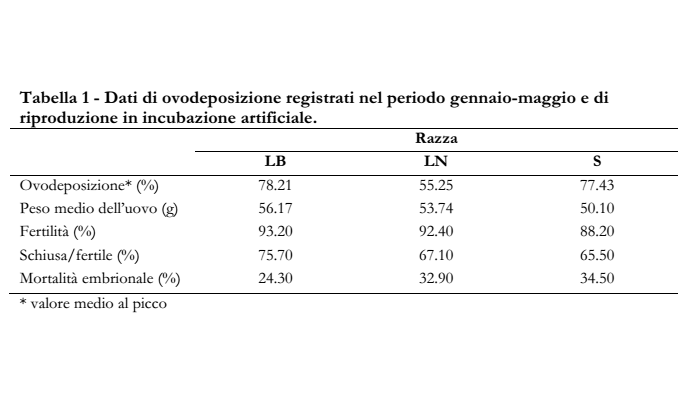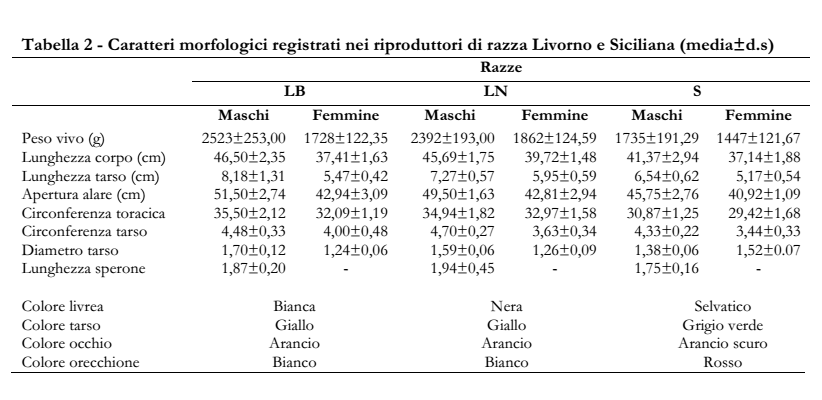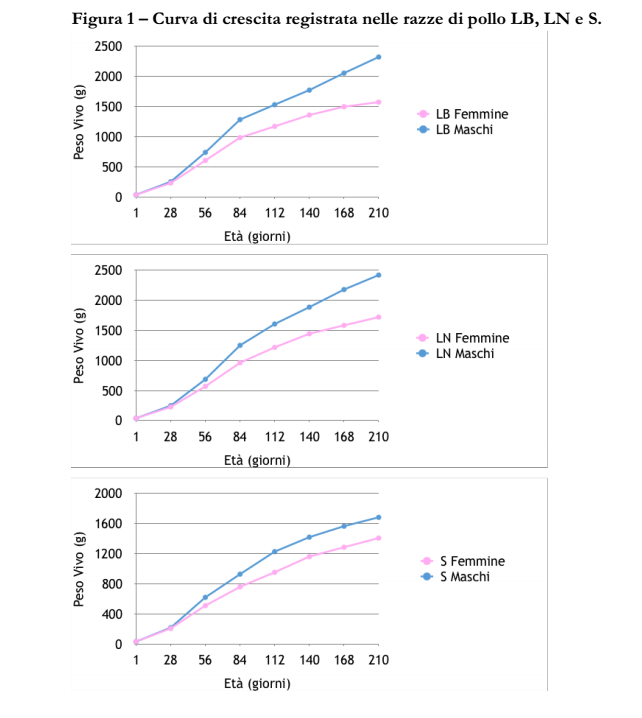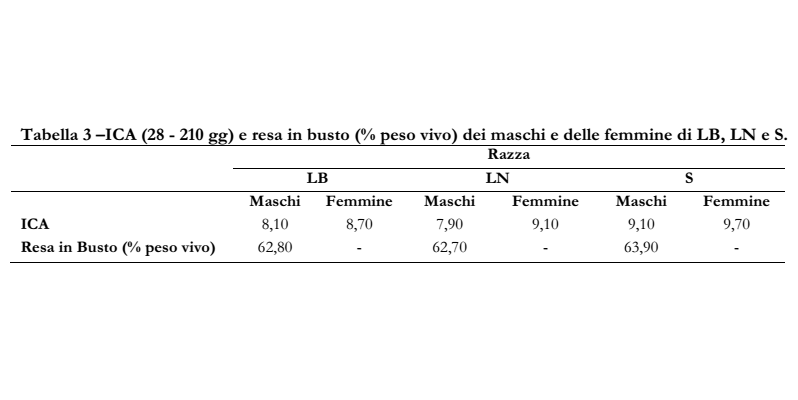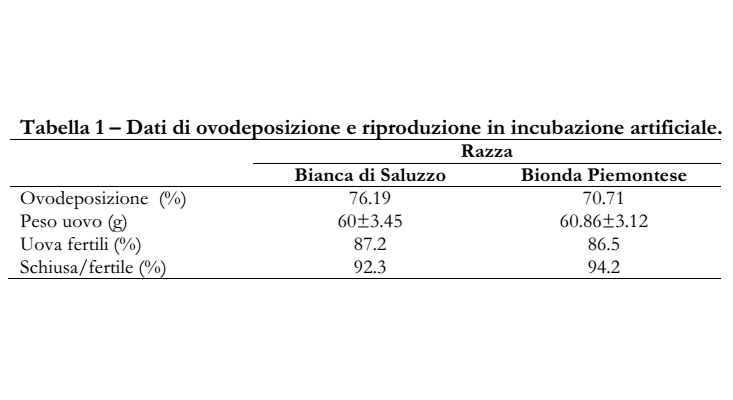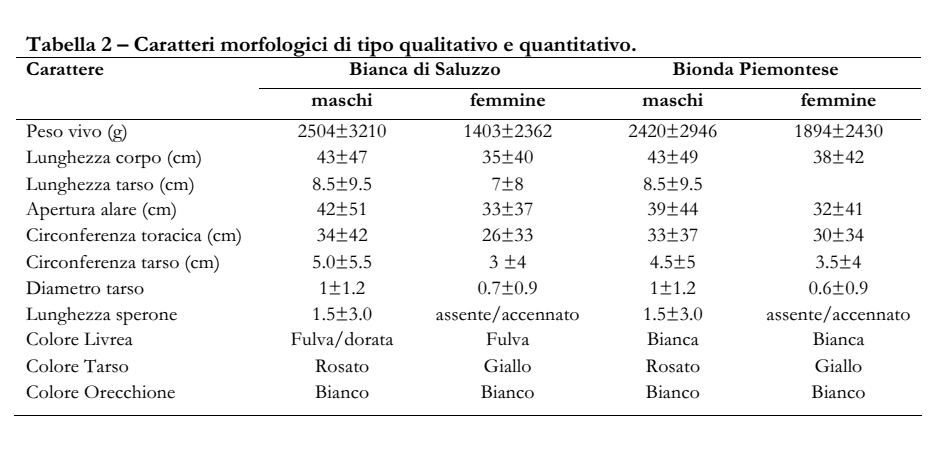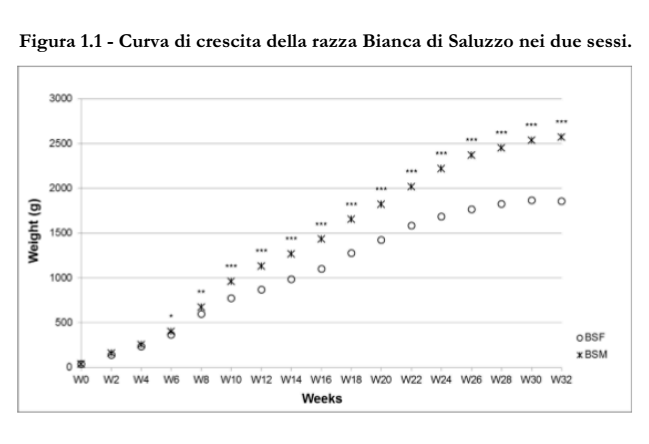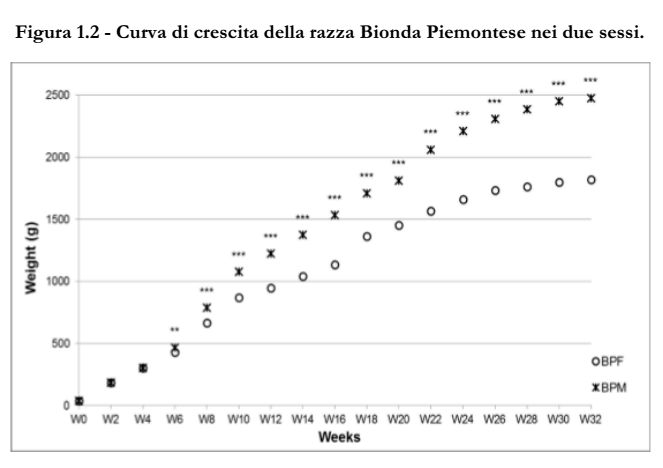Action 1 – Phenotypical characterisation of Italian autochthonous breeds and species
TuBAvI-2 pursues the phenotypical characterisation of autochthonous breeds that has begun in the first TuBAvI project, in order to increase and strengthen knowledge on Italian poultry heritage, through:
- collection of oviposition, breeding, growth and morphological data in nucleus population directly managed by the Partners;
- recording of the same data in further breeds and species.
The project will also evaluate specific physiological traits that can positively affect poultry management of small populations in alternative rural farming systems.
Traits, breeds and Partners involved are listed in the following Tables.
To see the results from the first TuBAvI project, click here.
Autochthonous chicken and turkey breeds considered for phenotypic characterisation by the Partners
| UniMI | UniFI | UniPD | UniPG | UniMol | UniPI | UniTO | |
| Chicken breeds | Mericanel della Brianza Modenese |
Mugellese Valdarnese bianca Valdarno |
Ermellinata di Rovigo Robusta Lionata Robusta Maculata Millefiori di Lonigo Padovana Pepoi Polverara |
Ancona Livorno |
Siciliana | Livorno Siciliana |
Bianca di Saluzzo Bionda Piemontese |
| Turkey breeds | Brianzolo Nero d’Italia |
Bronzato comune Ermellinato di Rovigo |
Ermellinato di Rovigo Romagnolo |
Specific physiological traits studied in Gallus gallus (chicken) species
| Trait | Partner |
Chicken breeds |
|||||||
|
Ancona |
Bianca di Saluzzo | Bionda Piemontese | Ermellinata di Rovigo | Livorno | Mericanel della Brianza | Millefiori di Lonigo |
Modenese |
||
| Resistance to diseases | UniFI UniPI |
X | X | X | |||||
| Environmental stress resilience | UniFI UniPI |
X | X | X | |||||
| Innate immunity | UniMOL | X | X | X | X | ||||
| Low-input system adaptation | UniPG | X | X | ||||||
| Semen production | UniMI UniMOL |
X | X | X | X | X | X | X | |
| Trait | Partner | Chicken breeds | |||||||
| Mugellese | Padovana | Pepoi | Polverara | Robusta lionata | Siciliana | Valdarnese | Valdarno | ||
| Resistance to diseases | UniFI UniPI |
X |
X | X | X |
X |
|||
| Environmental stress resilience | UniFI UniPI |
X |
X | X | X |
X |
|||
| Innate immunity | UniMOL |
X |
X | X |
|
||||
| Low-input system adaptation | UniPG |
|
X | X | X |
|
|||
| Semen production | UniMI UniMOL |
X |
X | X | |||||
Specific physiological traits studied in Meleagris gallopavo (turkey) species
| Trait | Partner |
Turkey breeds |
||||
|
Brianzolo |
Ermellinato di Rovigo | Nero d’Italia |
Romagnolo |
|||
| Innate immunity | UniMOL |
|
X |
X |
||
| Semen production | UniMI UniMOL |
X |
X | X |
X |
|
Action 1 – TuBAvI (2017-2020): results
Census of chicken and turkey native Italian breeds (UniTO)
The census involved 121 breeders. For each of them the facility features, the species and breeds farmed and the nature of their products were collected. Breeders were mainly male (76.7%) and fell into the 30-50 (35.8%) and 50-70 (40.7%) age ranges. Female breeders also were mainly aged 30-50 (39.1%) and 50-70 (56.5%). In most cases (77.1%), poultry breed farming represented a secondary job.
Breeders reared chickens only (57.0%) or chickens together with other bird species (42.3%), mainly represented by turkeys (57.7%), ducks (44.2%), geese (42.3%) and Guinea fowl (42.3%). A total of 15,562 chickens were recorded, 13,583 of which belonging to the native Italian breeds included in the Italian Herd Book of Native Poultry Breeds. The remaining 1,979 recorded birds were from the Nostrana di Morozzo breed (92.57%), the Milanino breed (6.57%) and the Cornuta di Sicilia breed (0.91%). No more than 5,000 individuals were recorded for any of the breeds, underlining the importance of conservation programmes.
Characterisation of eggs from Italian chicken breeds (UniPI)
Eggs (n=25) were collected from laying hens of 14 Italian breeds, reared by TuBAvI Partners. All hens were in the first laying cycle and were fed the same commercial diet; all egg samples were collected on May. Egg, yolk and albumen weight were recorded. Egg shell weight was recorded after 3 hr at 50°C in the oven. All egg data are reported in Table 1. Proportion of each component on egg weight in each breed is reported in Figure 1, 2 and 3.
Characterisation of reproductive and growth performance in nucleus populations of Italian chicken and turkey breeds, included in the Italian Herd Book of Native Poultry Breeds
University of Milan
UniMI Poultry Farm rears chicken and turkey Italian breeds: Mericanel della Brianza (MB) and Milanino chickens, Brianzolo (BR) and Nero di Italia (NI) turkeys. Breeders are organised in family groups with male:female ratio ranging from 1:1 to 1:8 depending on the availability of birds. Morphological characterisation of all breeders is performed according to FAO guidelines (2012), including qualitative and quantitative traits. MB breeders were organized in 6 family groups (n=22) in 2018 and in 10 family groups (n=59) in 2019. Very few turkey breeders were available in the same period, corresponding to only 3 Nero di Italia couples and 2 Brianzolo families (n=5). Breeding families were organised according to kinship and the circular mating schedule for small populations was applied. In 2019, the genetic characterisation with microsatellite markers of potential breeders was introduced (see Action 4), 7 family lines were selected according to genetic indexes of individual variability, a mating plan based on molecular parental indexes was used (see Action 4). Oviposition and reproductive data are reported in Table 1. Mean values of morphological traits are reported in Table 2. The oviposition (%) trend during the reproductive period is reported in Figures 1 and 2. Mean egg weight recorded during the reproductive period of MB hens is reported in Figure 3. Mean weight values of MB egg component are reported in Table 4.
University of Padua
Poultry breeds from Veneto Region are reared at the poultry facilities in four different high schools: “Duca degli Abruzzi” in Padua, “D. Sartor” in Castelfranco Veneto, “A. Della Lucia” in Feltre and “Sasse Rami” Experimental Farm in Ceregnano (Rovigo). Morphological characterisation following FAO guidelines (2012), including qualitative and quantitative traits, was performed in breeders of different breeds: Padovana Camosciata (6 roosters and 6 hens), Padovana Dorata (6 roosters and 6 hens) and Polverara Bianca (4 roosters and 4 hens) Data are reported in Table 1.
University of Perugia
UniPG Poultry Farm has been committed to maintain Italian autochthonous poultry breeds since 1960 in order to safeguard biodiversity. Livorno (white, black, gold and silver varieties) and Ancona breeds have been constantly kept; breeding populations are organized in family groups with 1:8 male:female ratio. Two families per each breed are available, and each family includes 15-20 hens and at least 3 roosters. Growth curves of male and females Livorno and Ancona birds are reported in Figures 1-5. Morphological characterisation following FAO guidelines (2012) is performed in 36 weeks old breeders and data recorded in hens and roosters are reported in Tables 1-10.
University of Pisa
UniPI Poultry Farm rears Livorno (white and black varieties) and Siciliana chicken populations. Two family groups at the first laying cycle are available for each breed and variety within breed. In addition, 2 males for each family are kept in case of need. Oviposition and reproductive data collected in 2018 and 2019 are shown in Table 1. Values on morphological traits recorded in male and female breeders are reported in Table 2.
University of Turin
UniTO Poultry Farm has been rearing Bianca di Saluzzo (BS) and Bionda Piemontese (BP) breeders since 2015 according to FAO guidelines for the conservation of animal biodiversity. The breeders are organized in family groups (7 families/breed), with a 1:10 male:female ratio. All family groups were created on the basis of individual genetic variability indexes, after microsatellite molecular markers genotyping. Oviposition and reproductive data are shown in Table 1. Morphological characterisation was performed according to FAO guidelines (2012), including both qualitative and quantitative traits, and data are reported in Table 2. Growth curves of BS and BP birds are shown in Figure 1.1 and 1.2 respectively. A clear sexual dimorphism, already evident on the 6th week of age, is present in both breeds.
